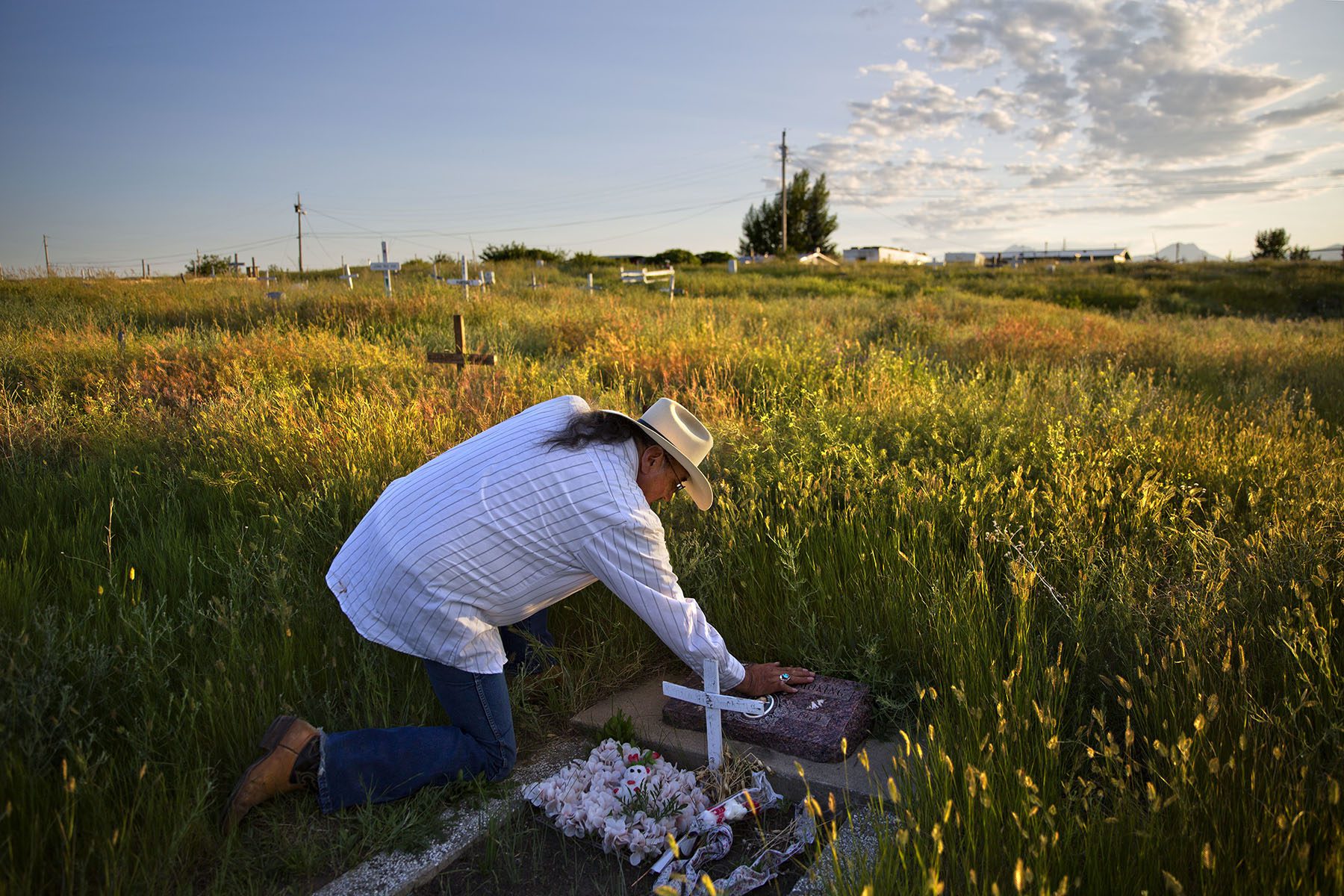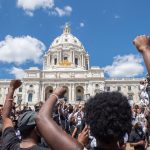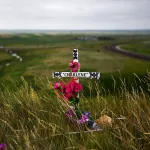Last year alone, more than 250,000 women were reported missing, according to the National Crime Information Center — the country’s central database for tracking crime-related information. At least 100,000 of reported cases were missing women of color.
Though states are slowly taking notice, public perception and popular narratives still leave these women behind.
Many of the missing women eventually return or are found. (Almost 90,000 cases remained open at the end of 2020, according to the latest report.) But none of the women reported missing last year got the level of attention received this month when 22-year-old Gabby Petito disappeared while on a vacation with her fiancé. Her face was quickly spread across mainstream news coverage as many social media users seemed to mobilize to find her. Petito, whose body was found September 19, became a household name similar to Natalee Holloway, Chandra Levy, Elizabeth Smart and Laci Peterson — other White women whose tragedies spurred mass attention and action.
But Petito’s case is an outlier. Most missing persons cases go unpublicized, particularly when it comes to Black, Indigenous and trans women. Some state and local governments are trying to address this inequity.
On September 20, Minnesota became the first state to launch a task force for missing and slain Black women and girls. The bill, first proposed by state Rep. Ruth Richardson in February, is modeled after the state’s task force for missing and murdered Indigenous women, which was created in 2019. The new task force will receive $100,000 in its first year and another $50,000 in its second. Members will include at least 11 people — including legislators, law enforcement officials, advocacy organizers and professionals who provide counseling to victims — who are knowledgeable in crime victims’ rights and violence protection.
“Proud to be the first state with a task force, but we should not be the last,” Richardson wrote on Twitter. “We need a national response and plan to address this devastating crisis.”
In Illinois, Cook County Sheriff Tom Dart announced on September 1 the launch of the Missing Persons Project, an initiative to tackle at least 170 unresolved cases in the Chicago area dating back 90 years. The project will provide resources dedicated to the search of people who have been missing for at least three years, with an initial focus on women. An alarming number of Black women and girls, in particular, are going missing in the region.
“These are incredibly challenging cases to solve and behind each of them are family and friends just left devastated and worrying with no answers,” Dart said in a press release. “The families of these missing women deserve the public’s attention and help in trying to find answers.”
Efforts to pass separate legislation in the Illinois General Assembly were delayed by the pandemic. In late 2019, Illinois House Rep. Kambium Buckner introduced the Task Force on Missing and Murdered Chicago Women Act. If passed, the task force would provide an annual report to the state legislature and the governor, including an examination of the systemic causes behind violence against Chicago women and girls; recommendations for tracking and collecting data; an assessment of how policies and governmental institutions impact women and girls; and measures to help victims’ families and communities.
California Gov. Gavin Newsom signed a law last year that would help track crimes on tribal lands, especially those involving missing women and girls. With 176 tribes, the Golden State is home to more people of Native American and Alaska Native heritage than any other state, according to census data.
California Attorney General Rob Bonta and Assemblymember James Ramos announced in August that a $5 million investment in the state budget would help implement the new bill — which would require the state’s Department of Justice to conduct a study determining how to increase state criminal justice and investigative resources for identifying missing Native Americans in the state, particularly women and girls. A 2020 report found that more than 2,300 Indigenous women and girls were missing across the country.
“No family in California should have to fear for their loved ones,” Bonta said in a statement. “Unfortunately, it’s all too clear that many of our tribal communities feel under threat. We can’t shy away from that reality.”
-
More from The 19th
- R. Kelly has been convicted of sex crimes against Black women. Why did it take nearly 30 years?
- ‘I just see nothing but voids’: As combat ends, women veterans fight trauma and grief
- Risk of gender-based violence increases during natural disasters like Hurricane Ida. Better preparation is key
In April, Montana passed a bill reauthorizing a missing Indigenous persons task force. Attorney General Austin Knudsen advocated for the move, noting that Native American women and girls are the most susceptible group to human trafficking. The task force’s main goal is to break down jurisdictional barriers between federal, state, local and tribal law enforcement.
“As a former prosecutor in Indian Country, I understand the gravity of the crisis of missing and murdered Indigenous people in Montana and have seen how it affects families and communities,” Knudsen said in a statement.
And on a federal level, Secretary of the Interior Deb Haaland — the first Native American Cabinet secretary of an executive branch agency — announced in April the formation of a new Missing and Murdered Unit to investigate the cases of missing and murdered Native Americans and Alaska Natives.
As Petito’s case has unfolded, more people and news outlets have spoken out about the disproportionate amount of attention that missing White women receive.
“We don’t want to negate the stories about missing White women,” said Apryl Alexander, an associate professor in clinical and forensic psychology at the University of Denver.
“We need to address the epidemic of gender-based violence. But what women are we talking about and centering in these stories?”
“Missing White Woman Syndrome,” coined by news anchor Gwen Ilfill in 2004, is a term widely used to refer to the disproportionate coverage of White, upper-middle-class women who go missing. According to a 2016 analysis of local and national news sources, missing Black people made up nearly 13 percent of missing persons media coverage despite accounting for more than 35 percent of all missing people, according to data from the FBI.
Derrica Wilson, a former police officer, founded with her sister in 2008 the Black and Missing Foundation — a nonprofit dedicated to bringing awareness to missing persons of color and providing resources to their families.
Wilson was drawn to this work after Tamika Huston, a Black 24-year-old woman, disappeared in 2004 from Wilson’s hometown in South Carolina. Her family struggled to garner attention, despite Huston’s aunt’s career in media relations, Wilson said.
“My sister and I decided to do some research to see if this was a huge issue,” Wilson said. “We found that at the time, 30 percent of missing persons cases were people of color. That percentage has since increased to 40, and we believe that the numbers are actually higher.”
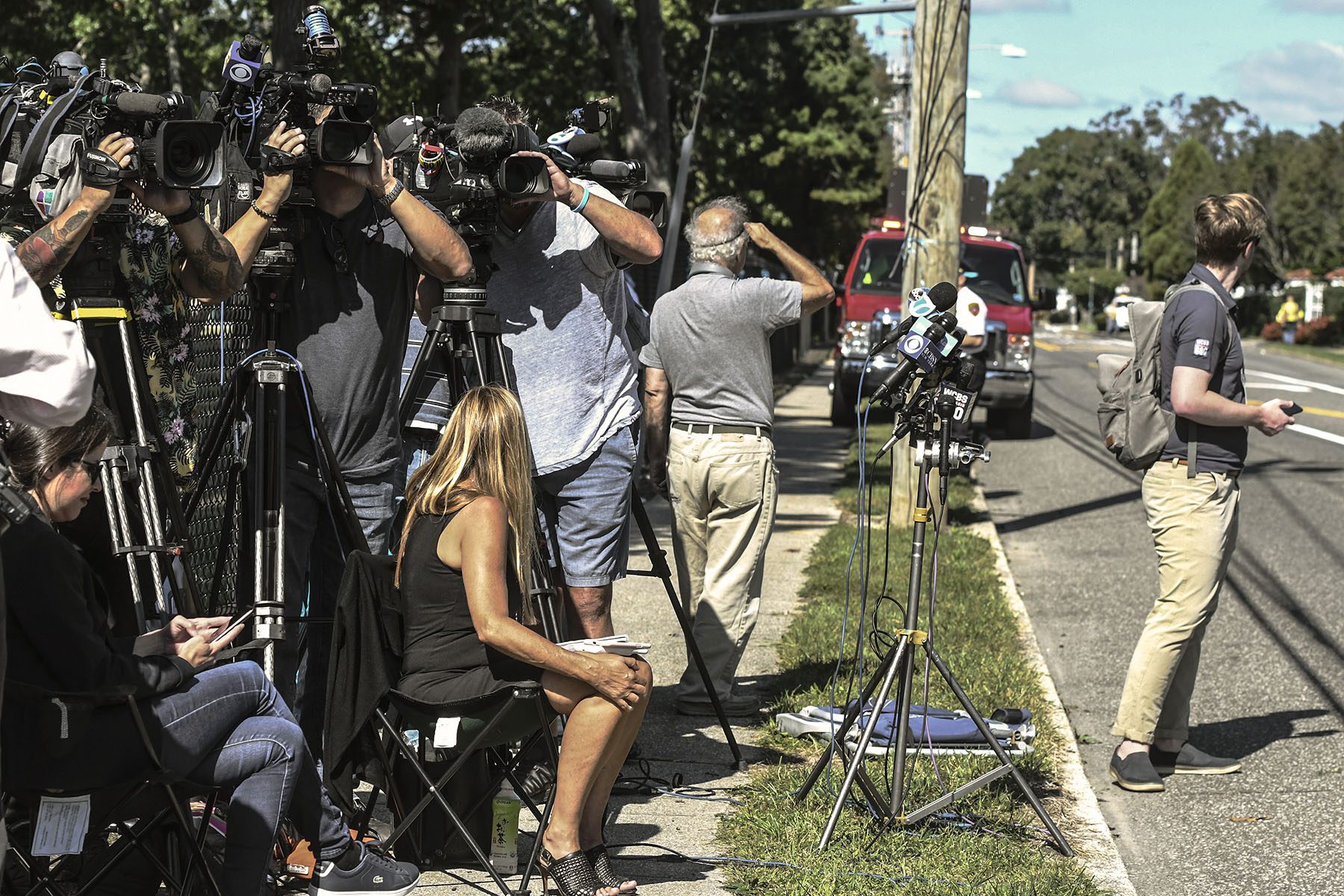
In Wyoming — where Petito went missing — more than 700 Native women have gone missing in the past decade, according to IllumiNative, a national nonprofit dedicated to increasing the visibility of Indigenous people in the United States.
“Where are those stories?” asked Crystal Echo Hawk, the founder and executive director of IllumiNative. “Why haven’t our families received answers? Why is there no rush to find justice? This is a crisis that needs to be addressed and is a clear indication of how the invisibility of Native people leads to these silent and unseen atrocities.”
Nicole Johnson, an assistant professor of counseling psychology at Lehigh University, said it’s important to pay attention to missing women in a way that reflects that all lives are valuable.
“Our culture creates a hierarchy of who is most valuable, and conventionally attractive cis White women are often at the top,” said Johnson, who studies violence against women and individuals with marginalized sexual and gender identities.
Johnson said research has shown that White women are often seen as vulnerable and in need of special protection. One negative consequence is the denial of their autonomy and the perception that these women are “weak” or “childlike.” But when women of color, particularly trans women, go missing, they are met with hostility and the assumption that these women are more responsible for their situations.
“Black and Brown kids are often seen as runaways,” Wilson added. “There’s no sense of urgency in finding that missing child. And when it comes to missing adults of color, their disappearance is often associated with some kind of criminal activity, dehumanizing them.”
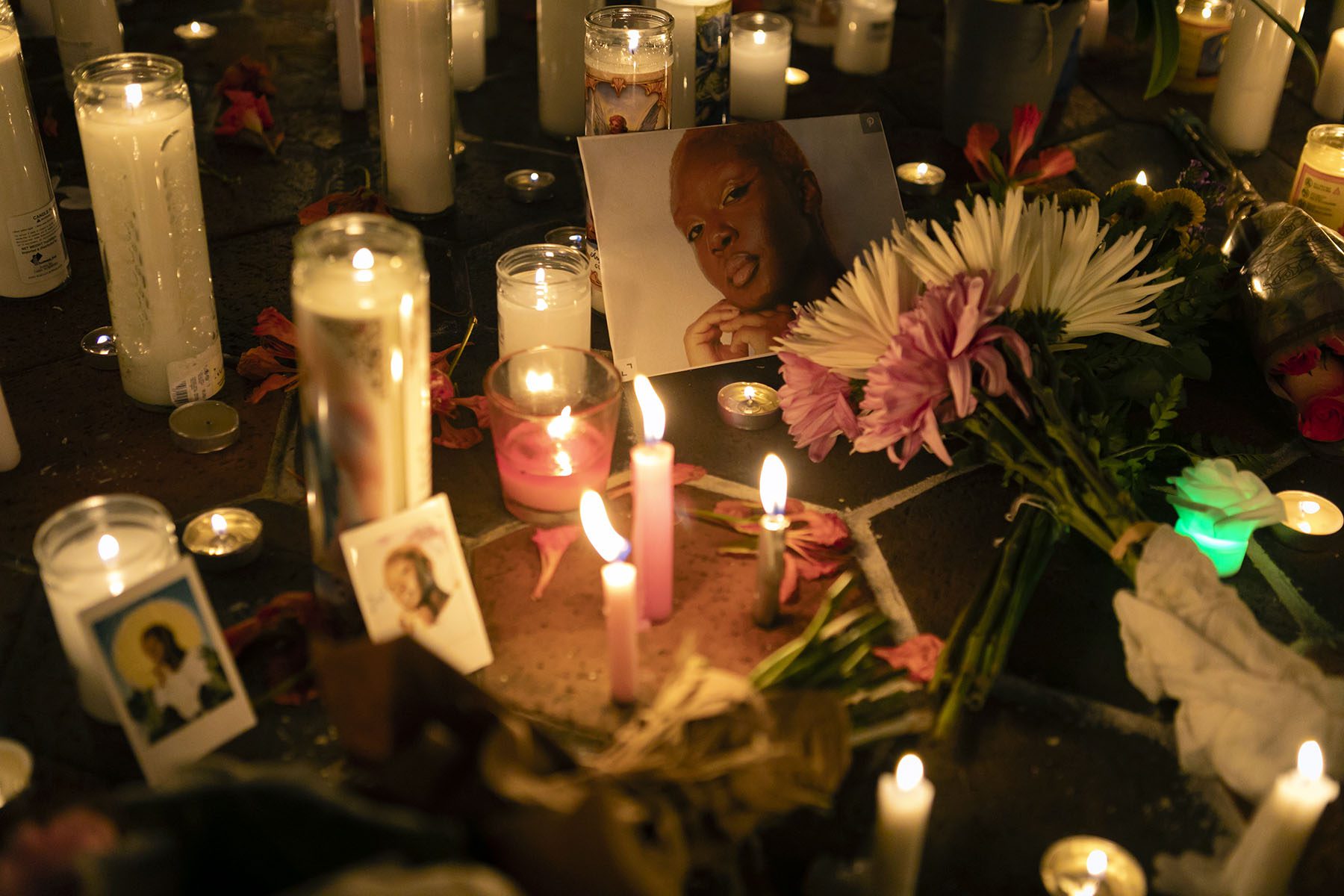
And little seems to be changing, said Robyn Autry, an associate professor of sociology at Wesleyan University. High-profile cases are still framed as single-incident dramas.
“If we look at the history of abduction in our country, the discrepancy between how women are treated is not surprising and doesn’t feel isolated or random,” Autry said. “It suggests something structural and systemic, and this racism is harder for the mainstream to wrap its mind around. You can get caught up in how these longer histories implicate our criminal justice system — more complicated and harder truths to face.”
Alexander said the country cannot adequately address gender-based violence if it isn’t looking at how it extends to all women, she said.
“In this current moment social media has done so much to raise awareness about missing Indigenous and Black girls,” Alexander said. “But I challenge people to name even one of them.”
One solution might be training law enforcement agencies to include “trauma-informed approaches” and collaborate more with other agencies, survivors, families of the missing and other domestic and sexual violence organizations, Marganski said.
Wilson argued that law enforcement should be empathetic to families — especially of missing women of color — and the news media should take greater responsibility in getting their stories out. Missing persons is not a Black or a White issue, but an American issue, she said.
“Every family who is enduring this nightmare — their heart bleeds the same way,” Wilson said. “That’s what people need to understand. There is a disparity and to minorities, it’s like our lives don’t matter. It’s like no one is looking for us.”
